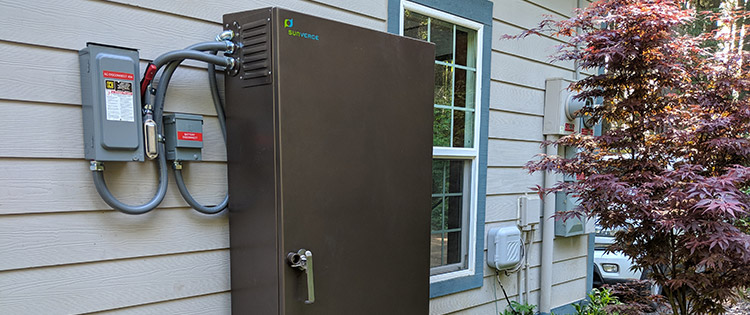How can battery storage create a better energy future for our customers?
Batteries have the potential to solve energy challenges we all care about. They can provide temporary back-up power when you experience an outage, store energy from solar panels, help businesses manage their usage, and much more. Their ability to provide storage for renewables, like wind and solar, can also support our customers’ and PSE’s desire for cleaner energy.
But when it comes to battery storage installations, it’s not one-size-fits-all. Across our service area, there are unique geographic and weather challenges, different energy needs, and varying infrastructure. That’s why we’re testing and installing batteries in a number of local places to evaluate how this exciting and rapidly-evolving technology can provide safe, reliable, and affordable options for homes, businesses, and communities. By committing to innovation now, our battery projects and other Grid Modernization initiatives are creating a better energy future for us all.
Check out some of our current projects in this short video
A battery's energy capacity is typically given in MWh or kWh. A fully-charged 15kWh battery, for example, could supply 1kW of power continuously for 15 hours.
State-of-charge (%) is a battery's level of charge relative to its total energy capacity.
A cycle is the process of fully charging and discharging a (rechargeable) battery's energy capacity.
The load you place on a battery will affect how long its charge lasts. For instance, a central air conditioner generally places a much higher load on a home battery than a portable fan.

Battery Storage Projects
Learn about PSE’s battery storage projects and demonstrations and what we’re testing.
Learn more
Battery Storage FAQ
How battery-savvy are you? Get answers to the most frequently asked questions.
Learn more
Using batteries to store your own power
Interested in installing your own residential battery?
Learn more








